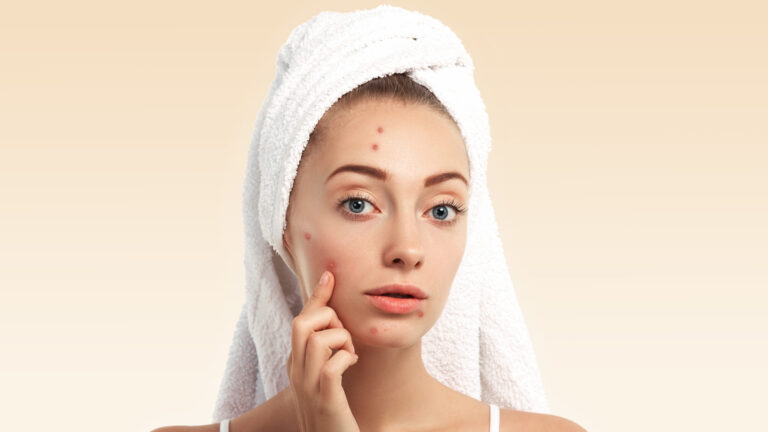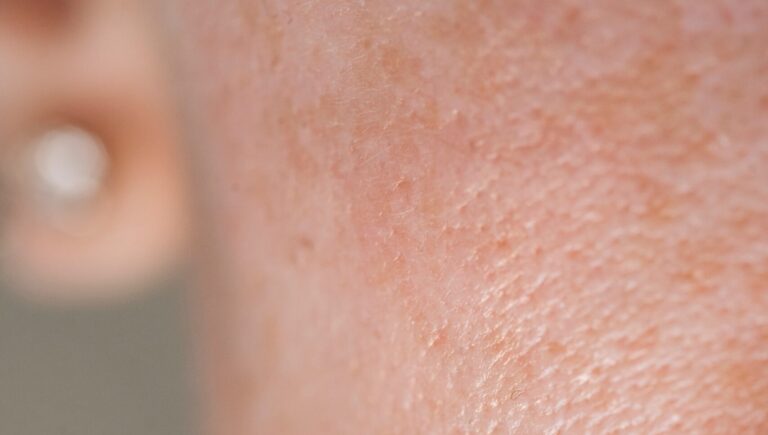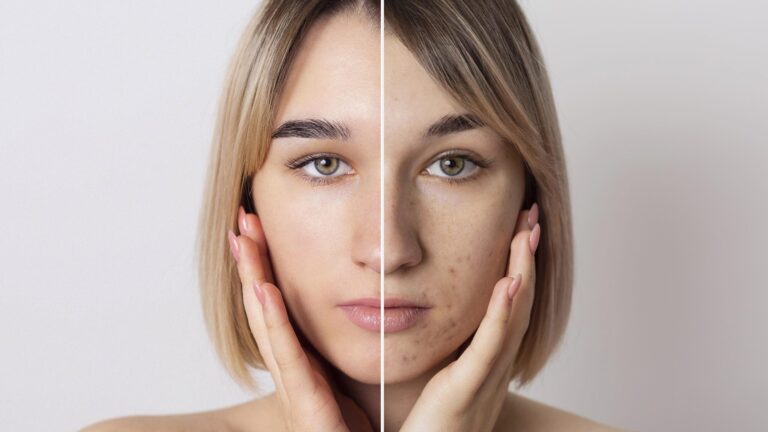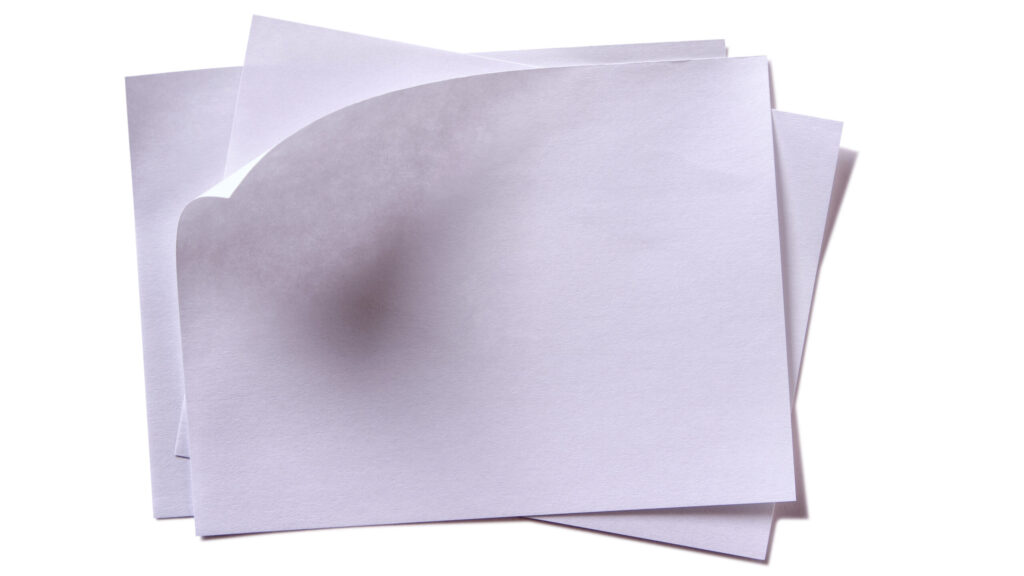A smooth and even complexion is something that many of us aim for when it comes to applying flawless makeup. The sight of larger pores is a frequent source of worry. There have been several recommended goods and methods for minimizing pores visibility. The use of blotting paper is one such technique that has become more and more widespread. However, does using blotting paper help reduce pores before using makeup?
We shall examine the science supporting this assertion and distinguish fact from fiction in this blog.

Understanding pores and why they could appear larger is crucial before diving into the use of blotting paper. Oil, perspiration, and hair follicles can enter our skin through microscopic openings called pores. They are not muscles that can be flexed physically. Age, skin type, and sun exposure are some of the variables that might affect pore size. Genetics is the primary determinant of pore size. EcoFeminii says that with the help of oil blotting sheets, you may achieve matte skin without having to apply additional makeup, which can clog pores and lead to breakouts. Your pores will be less clogged as a result of removing extra oil, which might help to lessen acne outbreaks and minimizing pores.
The Myth of Blotting Paper Minimizing Pores:
Blotting paper is frequently used to remove extra oil from the skin, especially in regions where the production of sebum is excessive. Blotting paper is commonly thought to reduce oil, which causes the minimizing of pores . This assertion, however, is generally untrue.
The Truth about Blotting Paper:
Blotting paper is a useful tool for controlling extra oil during the day. Oil accumulation on the skin can give it a glossy or greasy appearance. This extra oil is absorbed by the blotting paper, temporarily mattifying the skin. The skin might appear smoother and more even by lowering surface oil, providing a better canvas for applying cosmetics.
Blotting paper does not, however, have a long-term impact on minimizing pores , which is a crucial distinction to make. Your pores cannot be physically reduced in size or altered in any other way. The amount of collagen in the skin, genetics, and skin flexibility all affect pore size. Blotting paper only treats the surface oiliness of the skin, offering a cosmetic alternative as opposed to a structural one.

Techniques for Minimizing Pore Appearance:
While blotting paper might not be a foolproof way of minimizing pores . You can take further actions to present yourself in a more polished manner:
- Cleaning and exfoliating: Cleaning and exfoliating your skin regularly can help get rid of excess oil, dead skin cells, and grime that can cause clogged pores and a rough texture. Alpha-hydroxy acids (AHAs) or salicylic acids are gentle exfoliants that you should look for if you want to encourage cell turnover and keep your skin looking young.
- Moisturizing: Maintaining the health and flexibility of your skin requires regular hydration. Select breathable, non-comedogenic moisturizers to prevent pore clogging. Skin that is properly moisturized tends to look plumper, which can help in minimizing pores .
- Makeup Tips: Choose tinted moisturizers or lightweight, oil-free foundations that are non-comedogenic. Avoid solutions that are thick or cakey since they might clog pores and make them more noticeable. Applying makeup with a damp sponge or brush can result in an airbrushed appearance that is more seamless.
Skincare Routine:
Creating a regular skincare routine is crucial for preserving healthy skin and minimizing pores . Here are some essential actions to take.
- Gentle Cleaning: Use a mild, non-irritating cleanser to wash your face twice a day. This assists in removing debris, extra oil, and pollutants that may cause pores to become clogged.
- Exfoliation: Regular exfoliation can help unclog pores by removing dead skin cells. Use chemical exfoliants that may penetrate the skin and accelerate cell turnovers, such as those that include salicylic acid or AHAs.
- Retinoids: Adding retinoids to your skin care regimen may be advantageous. Retinoids aid in boosting cell turnover, minimizing pore congestion, and smoothing out wrinkles, fine lines and minimizing pores .
- Sun protection: Prolonged exposure to the sun’s damaging UV rays can injure your skin’s collagen and elastin fibers, resulting in a loss of suppleness and larger pores.
- Chemical Peels: To exfoliate the skin’s outer layers, a chemical solution is applied to the skin during a chemical peel. This can aid in enhancing skin texture and reducing pore visibility.
- Microdermabrasion: This method exfoliates the skin’s surface with a portable instrument, eliminating dead skin cells and promoting collagen synthesis. Microdermabrasion can help minimize pores and enhance the overall texture of the skin.
- Laser therapy: Enlarged pores may be the target of specific laser treatments, such as fractional laser resurfacing. The skin is tightened and collagen formation is stimulated by the laser energy, which may lead to minimizing pores .

To sum it all...
The blotting paper is a useful tool for controlling oiliness and attaining a matte complexion, but it is unable to physically reduce pore size. Genetics and other innate variables play a significant role in pore appearance. Focus on adequate skincare, light exfoliation, and appropriate makeup application to get a more refined appearance. Remember that healthy skin in general and the confidence it fosters are more important factors in perfect skin than minimizing pores alone.
Is PRP With Mesotherapy Better Than Micro-Needling? Find out more by clicking the link to read the blog.
Here are some Benefits Of Airbrush Makeup For Skin.

